E-mail: sales@africanaturaltours.com | +255764415889 | info@africanaturaltours.com
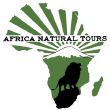
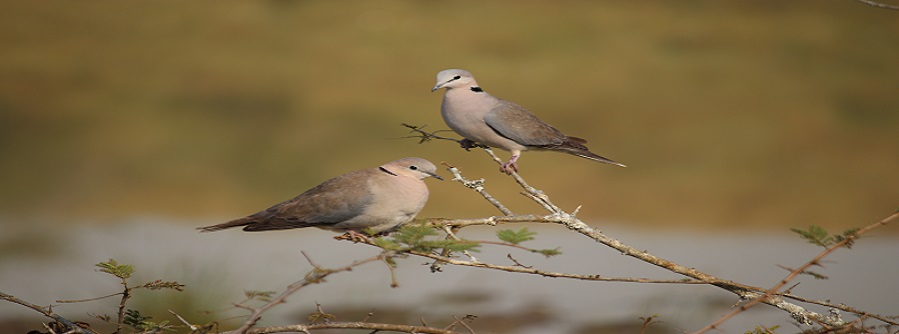
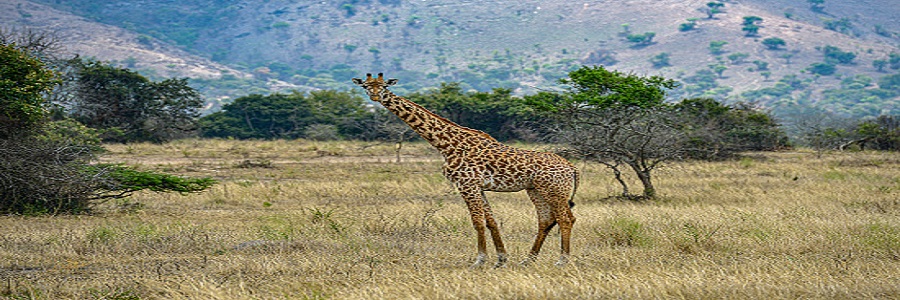
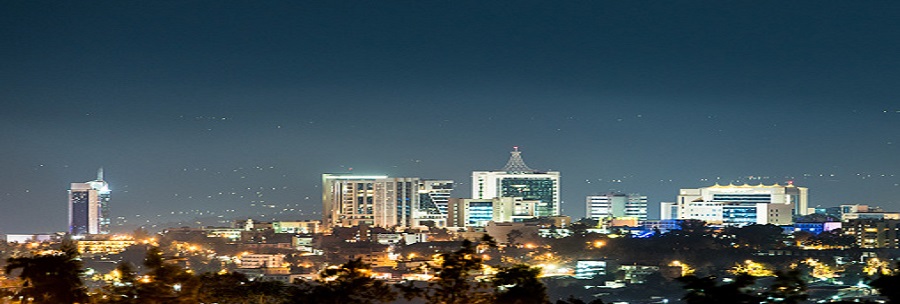
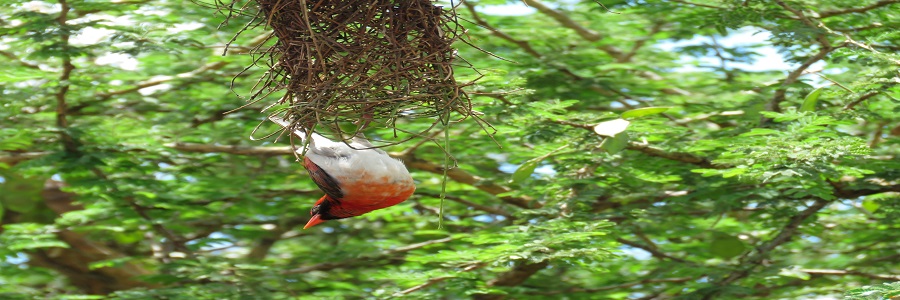
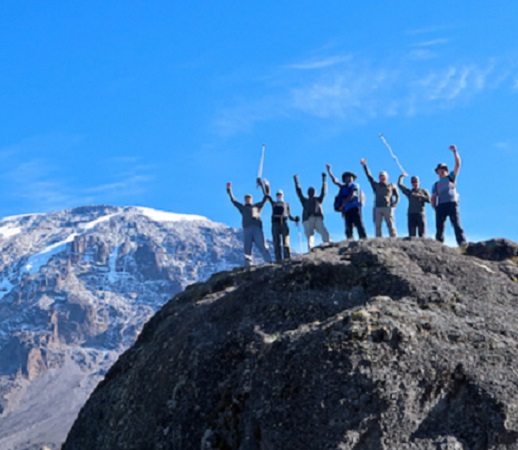
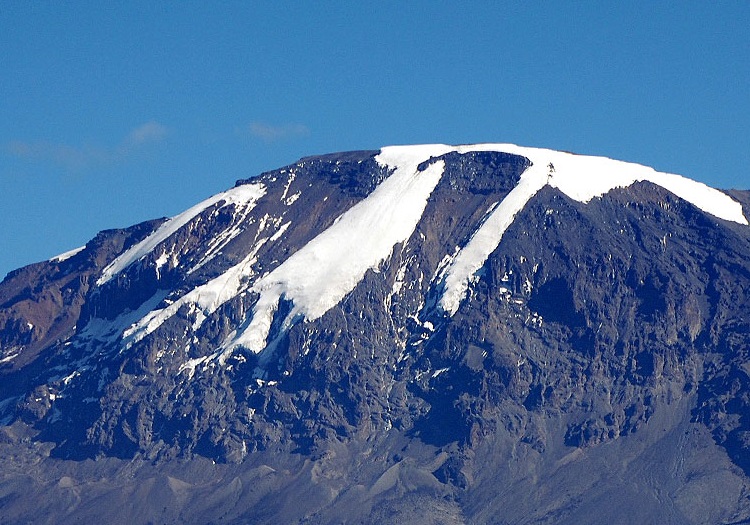
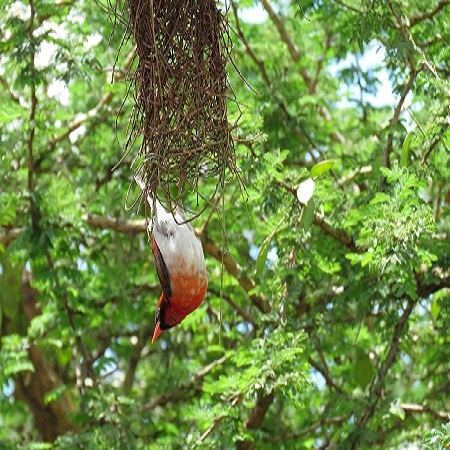
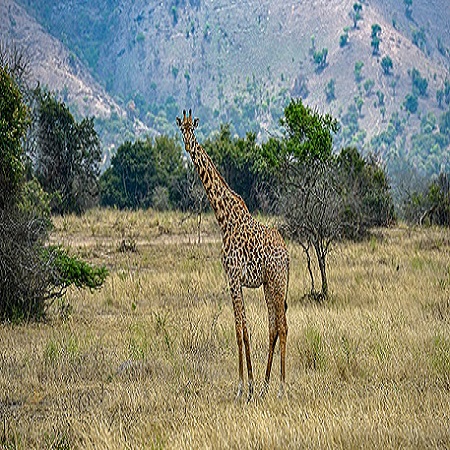
Explore Amboseli National Park Safaris offers an unforgettable experience in a natural wonderland in Kenya. The park is famous for its abundance of game lodges and camps that provide stunning views of Mount Kilimanjaro, Africa’s largest peak dusted with snow. Game drives in Amboseli are rewarding, allowing visitors to explore the five habitats within the park, including savannah, woodland, and wetlands that support a diverse range of wildlife such as free-roaming elephants, Cape buffaloes, impalas, lions, cheetahs, hyenas, giraffes, zebras, wildebeest, and over 600 bird species. The park also offers the opportunity to witness the majestic elephants against the backdrop of Kilimanjaro and enjoy picnics under acacia trees. Amboseli National Park is a must-visit destination for those seeking serenity and excitement through peaceful coexistence with African wildlife while basking in the shadow of the iconic Mount Kilimanjaro.
you will be given a tour of Kigali, Rwanda's capital city which was named in 1907 by Dr. Richard Kandt, the first colonial resident governor of Rwanda. It is the main administrative and economic center of Rwanda. Surrounded by lush hills of green, it is the cleanest and safest city in the region. Kigali’s face is her fortune: a dramatic beauty from which its name is derived.
Our professional, local guide will greet you at your hotel in the morning and brief you on your trip. To start things off, you will be given a tour of Kigali, Rwanda's capital city which was named in 1907 by Dr. Richard Kandt, the first colonial resident governor of Rwanda. It is the main administrative and economic centre of Rwanda. Surrounded by lush hills of green, it is the cleanest and safest city in the region. Kigali’s face is her fortune: a dramatic beauty from which its name is derived. There are, however, other contributing factors - it is a city that delights the mind as well as the eye of any visitor and is a city where the past lives comfortably with the present.
On the tour, you will have the opportunity to see the following
Visit the 1994 Gisozi Genocide Memorial site
Visit an artisan shopping centre to view and purchase local arts and craft
Visit the Kigali Museum and learn the history of Kigali’s and Rwanda’s pre-colonial and colonial
period as well as the colonial masters in Rwanda.
Tour around the city and see, first hand, the post-genocide development and expansion of Kigali.
In the evening, we can take you to the Crystal View Cocktail Lounge on the eighth floor of the Top Tower Hotel where the panoramic views overlooking the entire city of Kigali are second to none! As striking at night as it is during the day, one is reminded exactly why Rwanda is known as “the Land of a Thousand Hills
We will begin our journey by heading to the city of Butare, the original capital and intellectual centre of Rwanda. Passing through magnificent hills and cultivated countryside, we will stop along the way and visit the famous King's Palace in Nyanza, which offers visitors a window into pre-colonial Rwandan history. For those who are interested, we can also visit the art museum at Rwesero Nyanza. Upon arrival in Butare, we will have lunch and then go to the National Museum of Rwanda, which will provide you with a deeper insight into Rwandan history and culture.
Nyungwe Forest National Park is the only destination in the world where you can see up to 13 species of primates in a single location, including rare species such as Chimpanzees, the Blue Monkeys, L'Hoest's Monkeys and the Angolan black and white Colobus Monkeys. Nyungwe presents a unique phenomenon in primate tourism due to its huge concentrations of habituated primates whose troops can include 400 to 500 individuals
As one of the most important ornithological hubs in Rwanda, Nyungwe is also home to almost 300 species of birds, making it a bird watcher's paradise
Along the way, we will stop at the new Visitor's Interpretive Centre to orient you to this magnificent park. Then it's off to your hotel to check-in and have a relaxing lunch. The afternoon will be spent trekking to the Colobus Monkeys, hiking through lush forests, endless, green tea fields and taking in the stunning views of your surroundings
Early morning trek to the chimpanzees. Depending on available time, we offer you a choice of value-added activities from the following:Participate in tea harvesting in the neighboring local communities.
Visit a tea factory and learn about the production processes of one the highest quality teas produced in East Africa. Visit local artisan groups to learn and participate in this and other local community income-generating projects. This is also an opportunity to purchase locally-made crafts and products
Listen to a presentation on the ecology of Nyungwe Forest National Park and the ongoing conservation efforts, including the managing of the dynamics and coexistence of park/wildlife and local communities
We will then continue our journey, driving along the shores of Lake Kivu to Kibuye stopping to visit the L'Esperance Children's Orphanage and Village
The orphanage, located in Kigarama near Kibuye, will give you a first-hand view of how generous organizations and donations from individuals have helped this Children’s Village to thrive and have funded various innovative projects in and around the Village
Lake Kivu is one of the great lakes in Africa and the largest of the fresh water lakes that gleam in the Albertine (Western) rift of the Great Rift Valley. Lake Kivu stands at 1461m (4,790ft) above sea level establishing it as Africa’s highest lake. The northern shore of the lake is often subject to eruptions from nearby Mt Nyiragongo.
Kibuye is Rwanda’s most attractive of lake ports, nestled in a series of interwoven and undulating hills and offering visitors spectacular views of the lake, its islands and the stunning surrounding countryside. It is considered one of Rwanda’s hidden treasures, with its lush green hills and peaceful breeze
We will then continue on to the town of Gisenyi. With its waterfront and sandy beaches and excellent views of Lake Kivu, Gisenyi is a wonderful place to relax, having a captivating feel of a tropical beach resort. The afternoon will be spent relaxing and re-energizing or we can offer you the choice of a value-added activity as follows:
Visit hot springs and learn about the geographic make-up of the Virunga volcanic chain.
Visit local projects in the area and interact with project members.
Visit local artisans and a local women's weaving association and see how your visit makes a difference in their lives.
Morning transfer to Musanze District where you will visit Iby'Iwacu Cultural Village, based in the community bordering Parc National des Volcans. At the village, you will have a wonderful, interactive experience, learning all about Rwandan traditions, culture, song and dance. You can participate in local dances and drumming, all while wearing traditional local “Umushanana” dress; shooting arrows, attending a traditional healer's medicine show. You will also have the opportunity to sample local food and banana beer and visit a local household or school. As well, you can choose to visit some of the local community projects and co-operatives to see, first hand, how your travel with us contributes to making a difference in people's lives
Early morning transfer to Park offices for pre-trek briefing for all guests. On the drive back to your hotel, depending on available time, we also offer you a choice of value-added activities from the following:
Visit to Ruhengeri Market, providing you with an opportunity to see and buy local Rwandan fabrics, foods, handicrafts, etc. and to see how local markets are organized
Visit the twin lakes, Lake Burera and Lake Ruhondo and marvel at the views of the Virunga mountain chain.
Morning transfer to Kigali. Halfway back to the city, we will stop in Nyirangarama for lunch and then tour the Urwibutso Ecotourism Project. This enterprise began in 1983, when owner and manager SINA Gerard opened a small restaurant and bakery at this location. Over the years, his business has grown tremendously and it has been his mission since 1993 to become a leader in the production and processing of organic fruits and vegetables in the area and in Rwanda. The Urwibutso Enterprise supports local farmers and contributes to social and economic development in the area, providing schools and education, creating jobs and opportunities, particularly for women, and training for farmers. This has made the community of Rulindo District one of the most self-sustainable communities in Rwanda and a role-model to others
During the climb you will be staying at campsites!
Amboseli National Park is in southern Kenya. It’s known for its large elephant herds
and views of immense Mount Kilimanjaro, across the border in Tanzania. Observation Hill
offers panoramas of the peak and the park’s plains and swamps. Varied wildlife includes
giraffes, zebras, cheetahs and hundreds of bird species. The western section is dominated
by vast Lake Amboseli, which is dry outside the rainy season.
The word 'amboseli' is derived from the Maasai language and it means 'salty dust.' The things to know about it
There are many reputable options and travel agents to book a Safari tour to Kenya, and one of the best option we recommend our site visitors is to book one of these tour operators from Tanzania or Kenya specifically Africa Natural Tours designed for individuals and group tours. The packages normally include accommodation, travel to the park, park fees, English-speaking tour guides, food and other activities to capture that memorable experience in Amboseli and other Kenyan wildlife safari parks. Amboseli National Park is located in Loitoktok District, Rift Valley Province of Kenya. The ecosystem mainly savannah grassland spread across the Kenya-Tanzania border. The park is famous for being the best place in Africa to get close to free-ranging elephants among other wildlife species. Other attractions of the park include opportunities to meet the Maasai and spectacular views of Mount Kilimanjaro, the highest free-standing mountain in the world. By Road: The main road into the park is from Nairobi via Namanga (240 km) on the Nairobi – Arusha Road, through Meshanani Gate. The other road is from Nairobi via Emali (228 km) on the Nairobi – Mombasa Road. Access from Mombasa is mainly through Tsavo West National Park via Kimana (Olkelunyiet) Gate. By Air: Airstrips: The park has a single airstrip for light aircrafts at Empusel gate. Other airstrips exist at Kilimanjaro Buffalo Lodge and Namanga town
“Elephants are easily the main draw of any Amboseli safari – they’re big, they’re beautiful and they’re always found in the Enkongo Narok, Olokenya and Longinye swamps that lie in the park’s heart. Bad-tempered hippos also lurk in the waters, occasionally emerging to do battle for territory. I’ve always been really fortunate on Amboseli tours with lions, cheetahs and spotted hyenas (including a den), while giraffe are often sighted amid the acacia’s in the park’s east. Other plains animals include zebras and Thomson’s gazelle in abundance, while baboons and vervet monkeys are similarly prolific. The swamps draw hundreds of bird species, especially waders, year-round but with a discernible spike in numbers from November when migrating species arrive from Europe.
“No. The grand old mountain may look so close that you can reach out and touch it, and the Kenya–Tanzania border is not far away (somewhere close to the lower foothills of the mountain), but there’s no crossing here. The nearest crossing if you wish to actually climb the mountain is east of here, at Oloitokitok, a busy Maasai border town with an immigration post. All told, you can expect to drive for half a day, including time spent at the border, from Amboseli to Marangu, one of the gateway towns to a Kili climb, or on to Moshi where many of the climbing tour operators have their base.”
The national park is in the rain shadow of Mount Kilimanjaro, as it lies on the northwest side. Average temperatures vary only slightly throughout the year. The minimum average daily temperature is 27°C and the maximum is 33°C. Drought is typical in this area, and evaporation is high. A total annual rainfall of just 300mm is expected during April and May, and again during November and December.
Although Amboseli can be visited at any time of year it is recommended to go in the dry months, which are from June to October and January to February. The short rains peak in November and the long rains in April and May – these months are not recommended for wildlife viewing. During these wet months, animals tend to spread out and are less inclined to come to predictable water sources. Views of Kilimanjaro are hit-and-miss, but chances are best early morning and late afternoon in the Wet season months from November to May, when the sky is clear of dust.
‘Amboseli’ is an English corruption of the Maa word Empusel, meaning ‘salty, dry place’ but underground streams flowing from the melting ice-cap on Kili keep certain areas of the park well supplied with water, which in turn attracts elephants and plenty of birds. Parts of the forested swamp have been fenced off to prevent elephants from munching their way through the trees and to allow the vegetation time to regrow. During the long rains between about March and April, the dry plain can become a shallow lake, filled with wading birds (there are 400 species here alone). Because it is quite small, Amboseli is easy for rangers to patrol and is very well kept
Amboseli lies immediately north-west of Mount Kilimanjaro, on the border with Tanzania. The Park covers 392 square km, and forms part of the much larger 3,000 square km Amboseli ecosystem. Amboseli lies immediately north-west of Mount Kilimanjaro, on the border with Tanzania. The Park covers 392 square km, and forms part of the much larger 3,000 square km Amboseli ecosystem. Large concentrations of wildlife occur here in the dry season, making Amboseli a popular tourist destination. It is surrounded by six communally owned group ranches. The National Park embodies five main wildlife habitats (open plains, acacia woodland, rocky thorn bush country, swamps and marshland) and covers part of a Pleistocene lake basin, now dry. Amboseli is famous for its big game and its great scenic beauty; the landscape is dominated by the towering Mount Kilimanjaro. The National Park embodies five main wildlife habitats (open plains, acacia woodland, rocky thorn bush country, swamps and marshland) and covers part of a Pleistocene lake basin, now dry. Within this basin is a temporary lake, Lake Amboseli, that floods during years of heavy rainfall.
Mount Kilimanjaro; Observation Hill which allows an overall view of the whole park especially the swamps and elephants; Swamp below observation hill hosts many elephants, buffaloes, hippos and a variety of water fowl like pelican; Egyptian goose; contemporary Maasai culture and indigenous lifestyle; herds of elephants. Amboseli has over 80 different mammals to be found ranging from the tiny (and rarely seen) spectacled elephant shrew to the huge bulk of the African elephant. Few visitors will go home without superb elephant pictures with Kilimanjaro as a backdrop. There are over 400 bird species. Amboseli has a range of accommodation to suit all budgets, tastes and interests. There are very basic campsites where one can pitch a tent and sleep under canvas in the wild, well appointed safari lodges, luxury tented camps with large, fully furnished tents, small private camps for your exclusive use and much, much, more. The other road is via Emali (228 km) on the Nairobi- Mombasa Road. The road is tarmacked up to Emali and marram from Emali to Remito Gate (64 km) Access from Mombasa is mainly through Tsavo West via Kimana (Olkelunyiet) Gate.